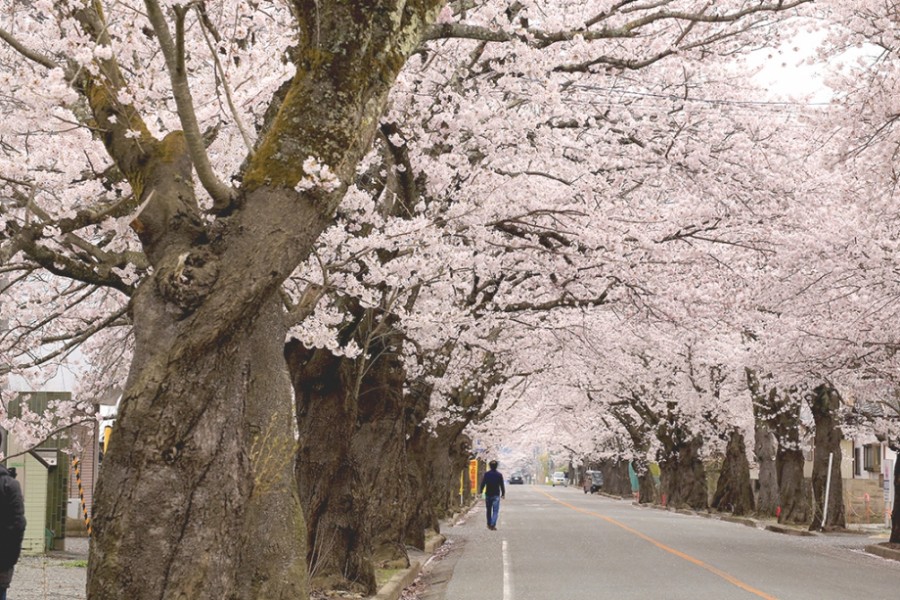
Yonomori Sakura
Approximately 1,500 cherry trees of the quintessential Japanese Somei Yoshino variety create a beautiful tunnel of cherry blossom for visitors to pass through. Many of these trees are over 100 years old.
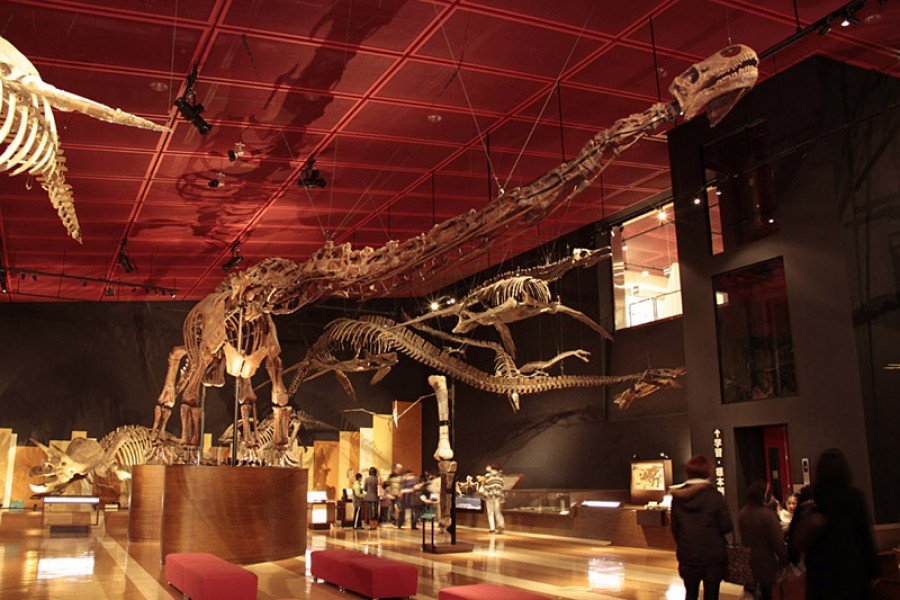
*Please note that the Iwaki City Coal & Fossil Museum (Horuru) remains temporarily closed until 2024.
Lovingly referred to as 'Horuru' by locals, Iwaki City Coal & Fossil Museum is home to exhibitions on the city's history of coal mining. Horuru also exhibits a range of fossils, including the locally-excavated Plesiosaur Futabasaurus, which was discovered by a high school student. There are also some hands-on experiences to try out, such as making your own amber accessories. Horuru is accessible on foot from Iwaki Yumoto Onsen town, and is a great addition to any trip to the Iwaki area.
| Website | http://kankou-iwaki.com/fun/931.html |
|---|---|
| Contact | Iwaki Tourism and City Planning Bureau |
| Best Season | All Year |
| Estimated Visit Time | 1h |
| Opening Hours | 9:00 AM - 5:00 PM (Last entry at 4:30 PM) Closed the 3rd Tuesday of the month (or the following day if the 3rd Tuesday falls on a national holiday). Closed on January 1. |
| Parking | Available |
| Entrance Fee | Adults 660 yen; Junior High, High School, University Students 440 yen; Elementary School Students 330 yen |
| Access | 3-1 Mukaida, Joban-Yumoto-machi, Iwaki City, Fukushima Pref. 972-8321 View directions |
|---|---|
| Getting there | By Car: 10 min drive from the Iwaki Yumoto I.C. exit off the Joban Expressway. By Train: 10 min walk from JR Yumoto Sta. (JR Joban Line). |

Approximately 1,500 cherry trees of the quintessential Japanese Somei Yoshino variety create a beautiful tunnel of cherry blossom for visitors to pass through. Many of these trees are over 100 years old.
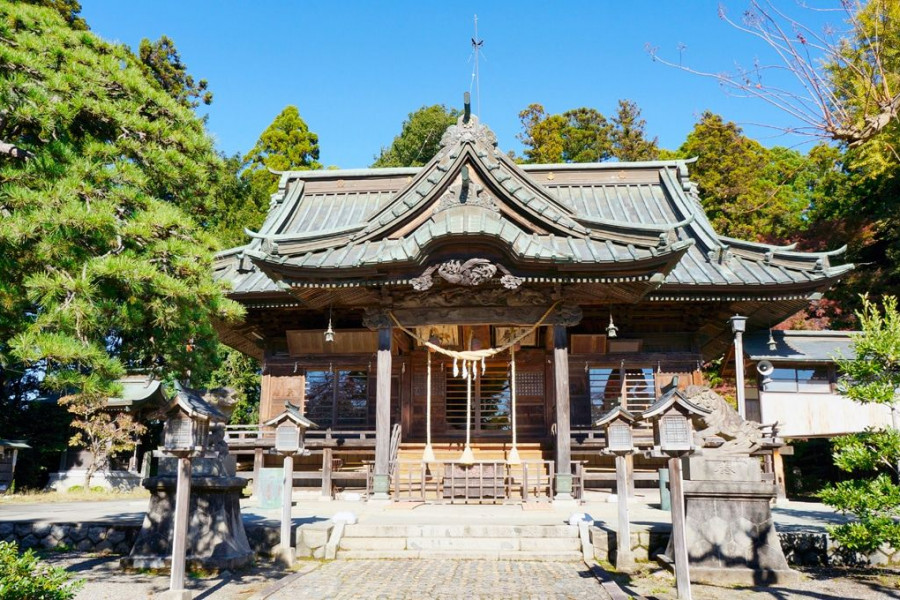
This is the shrine of the guardian deity of the Soma Domain, and a ceremony site of the Nomakake ritual which takes place during the exhilarating Soma Nomaoi Festival. Somei Yoshino cherry blossom and weeping cherry trees light up the shrine grounds in spring, making Soma Odaka Shrine a popular cherry blossom viewing spot.

Stretching over more than 80 hectares, Nijuisseiki-no-Mori Park (二十一世紀の森公園) is a true haven for recreation; complete with a tennis court, a baseball stadium, a skateboard park, and a family sports garden, as well as a variety of flower fields, trees and shrubs.21st Century Forest Park is also a popular cherry blossom spot: it has both early-blooming Kawazu-sakura (which mostly bloom mid-February to mid-March) as well as Somei Yoshino cherry blossom trees (which typically bloom sometime between early to mid-April).During winter each year illumination events are held in the park, and, during autumn, the bright colored leaves attract plenty of visitors. During the summer, sunflowers and rapeseed flowers bloom, so the park truly offers ways to enjoy nature all year round.
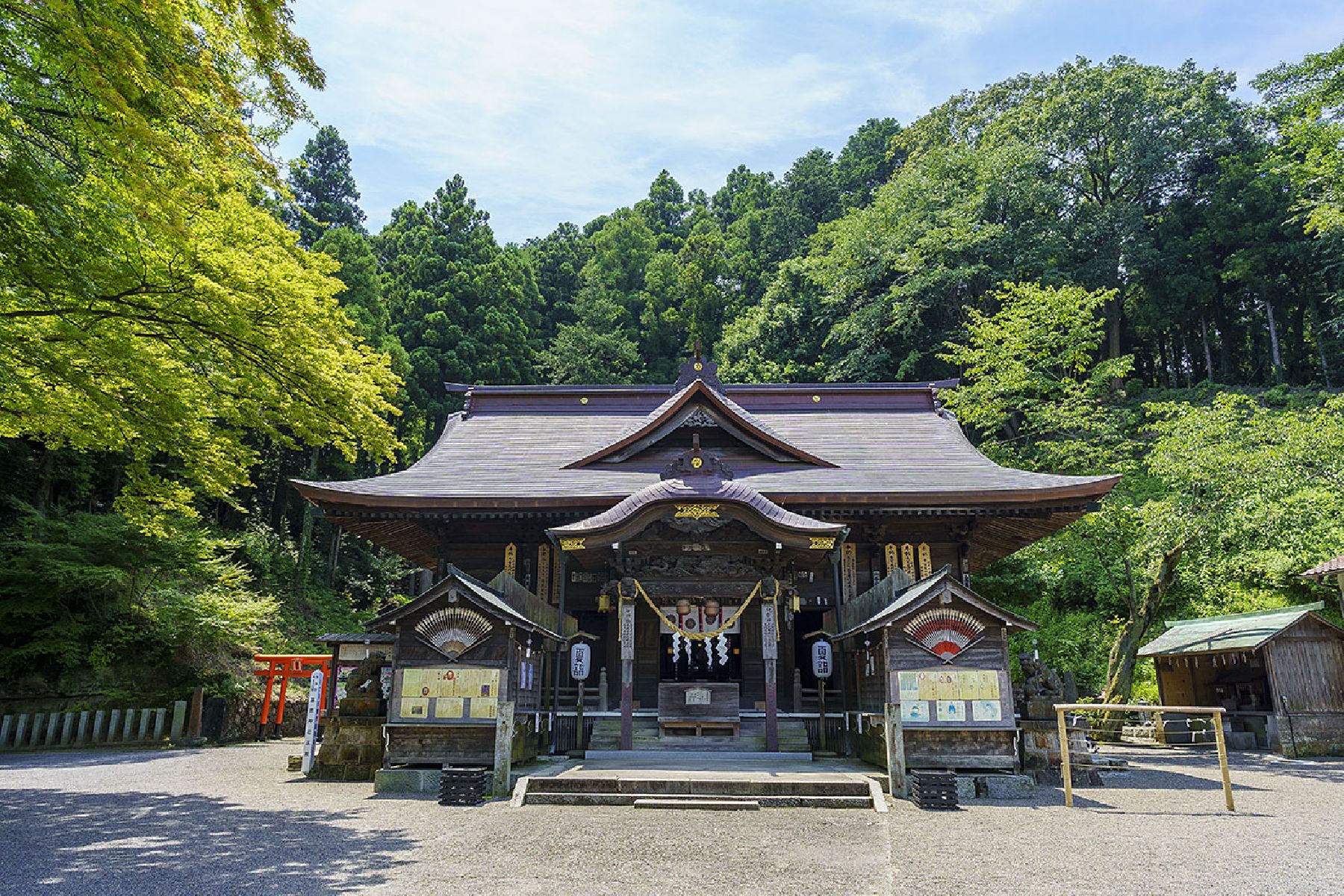
The Shinto gods of hot spring water and medicine are the enshrined deities of this shrine. This Onsen Shrine is widely thought of as being Iwaki Yumoto Onsen town’s own local Shinto deity.
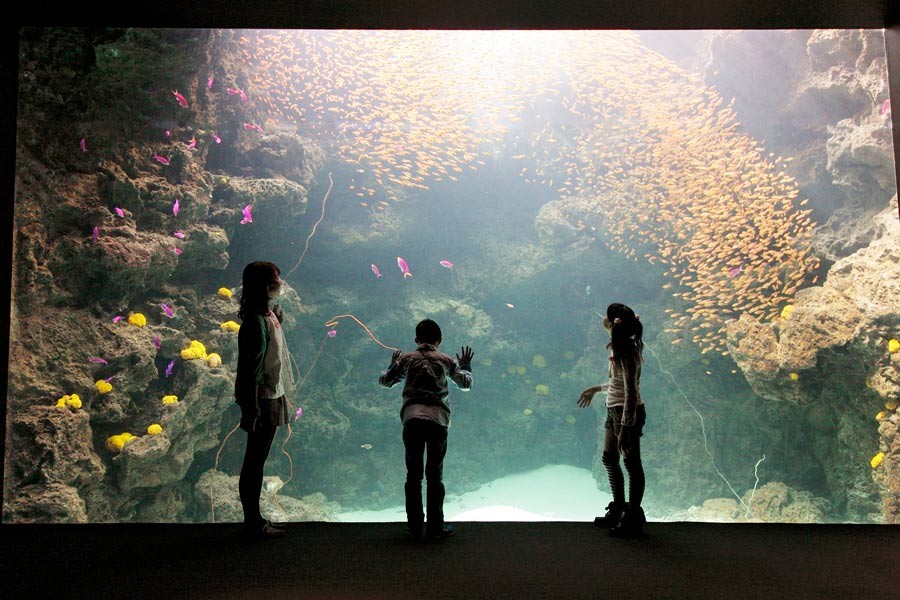
Aquamarine Fukushima is an ‘environmental aquarium’ that exhibits aquatic creatures in environments which closely mimic their natural habitats.As well as being an aquarium, Aquamarine Fukushima is also home to a research center and offers educational information about sustainability and conservation.The main exhibits are two gigantic tanks that extend from the second to the fourth floor, reproducing Shiome no Umi, an area of the Pacific Ocean off the coast of Fukushima Prefecture where the Kuroshio (Black Current) and the Oyashio (Kurile Current) meet.Visitors can enjoy walking through a transparent tunnel whilst being surrounded by the wealth of marine life found in Shiome no Umi, which includes vast schools of sardines and bonito. On the fourth floor, visitors can also visit a calming botanical garden which exhibits the various plant life of Fukushima Prefecture.In addition, guests can see over the top of the main tank, a great spot to appreciate the sheer scale of the water and the curious marine life below. There is also a touch tank where interested visitors can try touching starfish and other small sea critters.Since its establishment, Aquamarine Fukushima has conducted research into an ancient species of fish called coelacanths, and its findings are exhibited on the first floor in a corner entitled the World of Coelacanths. Here visitors can view an anatomical specimen of the rarely seen coelacanth and watch exclusive footage of living coelacanths.There are events throughout the year, with many activities for children and families to enjoy together including a fish maze, art festivals, and a fishing experience where you can catch real fish to be fried for lunch!If catching your own lunch doesn’t appeal to you, you are in luck as there is a seafood market selling fresh seafood just a 10-minute walk away!The seafood market is located within Iwaki Lalamew, a shopping center that also includes restaurants where you can dine on locally sourced, freshly caught fish.

This museum, located in sunny Iwaki City, exhibits the moving calligraphy of Shoko Kanazawa. The whole museum has been constructed while keeping in mind traditional Japanese architectural styles. As well as the calligraphy exhibition, Shoko Kanazawa Art Museum also has a Japanese tea room café on site, where you can take a rest with beautiful Japanese garden viewing. The same building also houses a kimono exhibition, while features one of the world's biggest kimono!
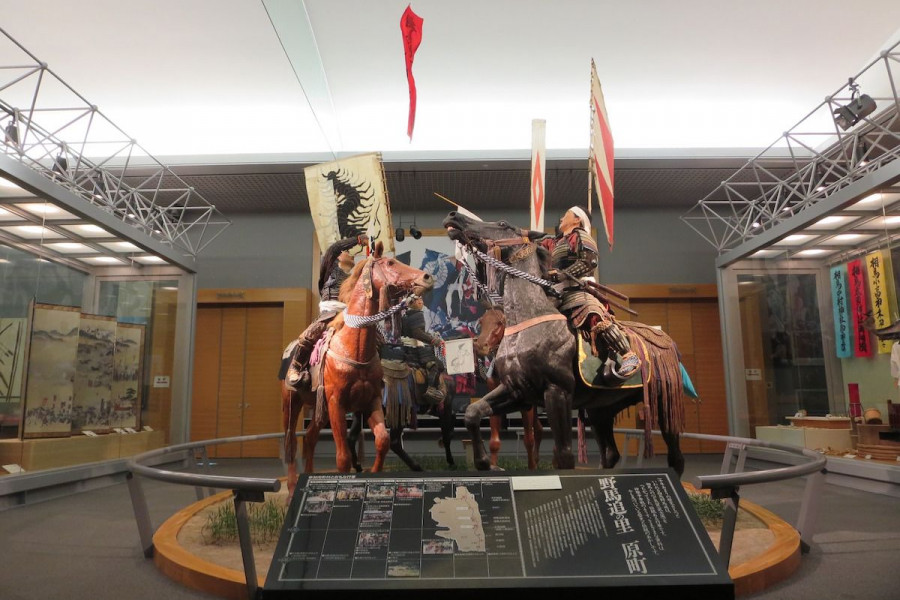
The Minamisoma City Museum is located on the eastern side of the Soma Nomaoi festival grounds within the spacious Higashigaoka Park.Its exhibitions center around the Soma Nomaoi festival, a traditional festival of the Soma region that is a nationally-designated important intangible cultural property, and the nature, history, and culture of the local region.